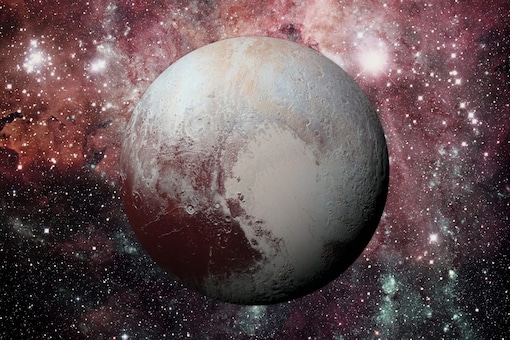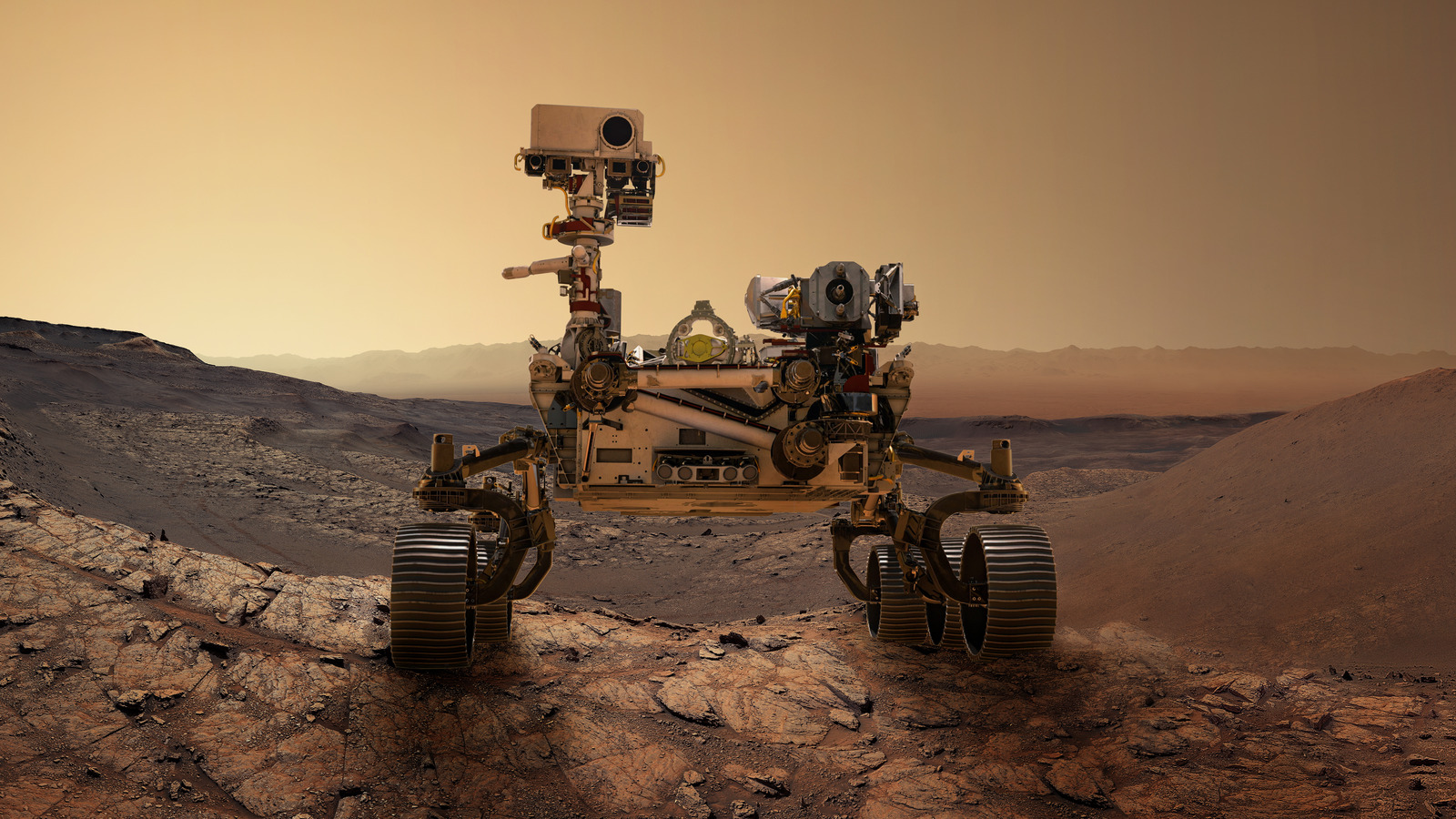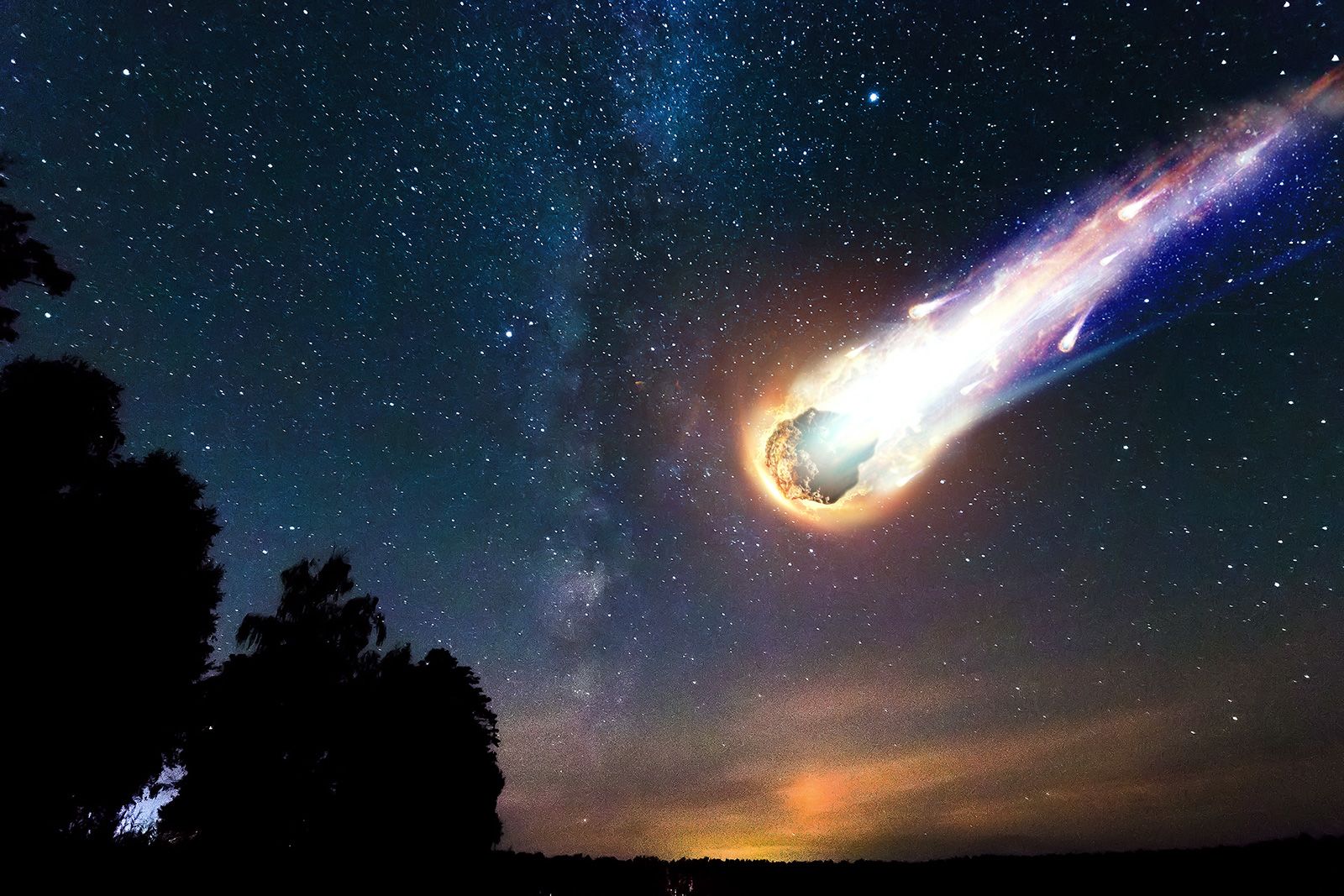Top 10 Coolest Science Discoveries!
Welcome to the Top Ten List! Each edition we break down a Top Ten List. This edition will focus on the Top 10 Coolest Science Discoveries! Our ranking is based on popular opinion and votes.
1.Ice Volcanoes On Pluto

1. On Pluto’s surface, the New Horizons mission of NASA found what appeared to be two cryovolcanoes. Cryovolcanoes are formed from frozen ice, which suggests that the dwarf planet may have an internal heat source and a liquid ocean beneath its surface. In order to establish the plausibility of life on other planets, both are significant stepping stones.
2. The “Clap” Of Butterfly Wings Is Uncovered by Scientists

2. According to a study that was published in January 2021, butterflies generate thrust by effectively cupping and clapping. Christoffer Johansson and Per Henningsson, two biologists from Lund University, first examined the aerodynamics of free-flying butterflies. They discovered, based on these observations, that broad-winged insects clap their wings together during upstrokes, but that the wings do not press flat together like hands during applause. Butterfly wings, on the other hand, bend, which researchers hypothesized might help the butterfly’s downstroke by trapping air between them. The pair hopes that their observations will lead to new swimming and flying robots back in the lab. A low-energy method for increasing thrust might be to create flexible robots that flap. In a similar vein, the addition of flexibility may prove to be advantageous for underwater robotics in congested environments, possibly even for underwater archaeology.
3. Mars Has Two Sound Speeds.

3. Even on Earth, the speed of sound does not always remain constant, contrary to popular belief. The speed of sound varies with altitude as a result of atmospheric conditions, because sound travels through various mediums at different rates. Due to the thickness and composition of alien atmospheres, the speed of sound should necessarily differ when looking toward other planets. Since we have sent a large number of rovers and probes to the surface of Mars, we can test that hypothesis there. On Mars, scientists using the Perseverance rover recently measured the speed of sound with onboard microphones. True to form, the speed of sound was slower, approximately 240 meters each second, when contrasted with Earth’s 343 meters each second, attributable to Mars’ flimsy, carbon-dioxide-rich environment. However, scientists discovered that the frequency of the soundwaves traveling revealed two distinct speeds of sound. Higher frequencies travel at approximately 250 meters per second, whereas low-frequency waves travel at 240 meters per second. Additionally, sound only travels over short distances because the atmosphere is so thin—less than one percent of Earth’s atmospheric volume, according to ESA.
4. Encoding The Human Genome In Its Entirety

4. According to conventional wisdom, the genetic revolution we have experienced in the intervening decades was sparked when the human genome was decoded roughly twenty years ago. Although most of that is accurate—the Human Genome Project was completed in 2003, according to NHGRI—there was still approximately 8% of the genome that was missing. The project coded more than 3 billion base pairs, which included five unsequenced chromosomes. Long-read sequencing technology, which was not available at the time of the Human Genome Project, was a major factor in the project’s success because it allowed researchers to find regions of the genome with long repeats. Although this is a significant achievement, it does not necessarily reveal the entire diversity of human genetics. The consortium intends to tackle this issue next by sequencing many more genomes from a population that is becoming increasingly diverse.
5. First Look At An Interstellar Object.

5. October of 2017, stargazers got their most memorable look at an interstellar item in our nearby planet group when ‘Oumuamua came dashing through past the Sun, (per NASA). According to Cosmos, this was the first time we had observed it in action, despite the fact that interstellar objects probably have visited our solar system in the past and probably do so, on a fairly regular basis. We felt that way, at least. Now, it appears that an interstellar meteor may have struck Earth in 2014, three years earlier. The object was tracked by the Center for Near-Earth Object Studies all the way to its point of impact off the coast of Papua New Guinea. At the time, it was thought to be a normal meteor impact—no big deal—but subsequent research suggests it came from another galaxy. Its incredible speed is the most obvious clue. When it crashed landed during its flyby, the object with the name CNEOS 2014-01-08 was traveling roughly 37 miles per second. It is highly unlikely that it was ever bound to our star because its speed is higher than the Sun’s escape velocity.
6. Solar Eclipse On Mars

6. Phobos, Mars’ moon, passed in front of the Sun on April 2, 2022, and it looked a lot like Sauron’s slowly moving eye. NASA says that the observations can help scientists learn more about the gravitational relationship between Mars and its two moons, in addition to just looking really cool. The Mastcam-Z camera system that Perseverance used was designed to take panoramic and 3D images of the Martian environment as the rover moves along the surface. The Mastcam-Z provided full color, the highest zoom, and the best frame rate to date, despite NASA’s previous attempts to capture eclipses from the surface of Mars, including Spirit and Opportunity. NASA explains that Phobos is only 17 miles across at its widest point and orbits Mars three times per day. Consequently, the eclipse lasted only about 40 seconds, making it relatively brief. The moon of Phobos will eventually collide with Mars and land on its surface due to their mutual gravitational attraction. That won’t happen for tens of millions of years, which is fortunate.
7. Merging Of Two Black Holes

7. A new observation was made on April 11, 2022, and it was published in the journal Physical Review Letters. It said that two black holes merged, causing a huge change in speed. According to Science News, the larger single black hole flew off at about 5 million miles per hour following the merger. This merger is being studied by scientists as a means of better comprehending the gravitational interactions between massive objects. The newly merged black hole has two possible resting places, each with a different probability. Understanding how and why it eventually gets comfortable can assist us with making better gravitational models. Additionally, it may provide additional information regarding the formation of supermassive black holes, such as the one that is thought to be at the center of our own galaxy.
8. Fastest Supercomputer
8. This year, Frontier, a supercomputer, performed mind-boggling calculations: 1,000,000,000,000 operations per second As a result, Oak Ridge National Laboratory in Tennessee is responsible for operating the machine, which is the first exascale computer, or one that can carry out at least 1018 operations per second. The next-fastest computer has a maximum speed of 442 quadrillion operations per second, or 1015. Particle physics, climate science, and health are just a few of the fields where Exascale computing is expected to lead to breakthroughs.
9.The Largest Eruption Ever recorded (January on Tonga’s volcano)

9. The underwater Hunga Tonga-Hunga Ha’apai volcano erupted in the South Pacific Ocean on January 15. Normally, eruptions of volcanoes don’t release a lot of water into the atmosphere, but this one did—a whopping 146 teragrams—enough to fill “58,000 Olympic-size swimming pools” and temporarily warm the Earth’s atmosphere. Since Krakatoa’s eruption in 1883, the Hunga-Tonga-Hunga-Ha’apai volcano’s eruption on January 15, 2022, was the largest ever recorded. The west coasts of Tongatapu, ‘Eua, and Ha’apai were struck by tsunami waves of up to 15 meters caused by the eruption.
10. Greenland Has The Oldest DNA Ever Found.

10. The oldest DNA ever found was discovered by researchers in the northernmost part of Greenland at the beginning of December. The samples contained DNA dating back 2 million years. Due to the freezing temperatures in the area, the samples remained intact on-site. The area turns out to have been home to many species that were never known to have existed there, including reindeer and mastodons, as well as a dense forest. This is the first time that scientists have been able to examine an ecosystem this far back in time, and it has proven to be full of surprises thus far.












